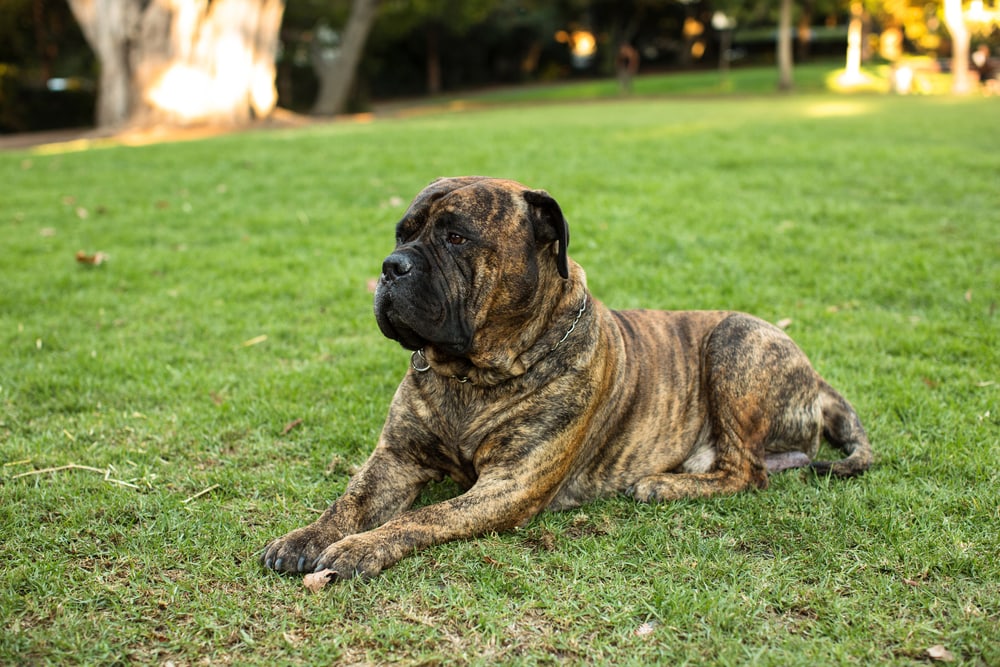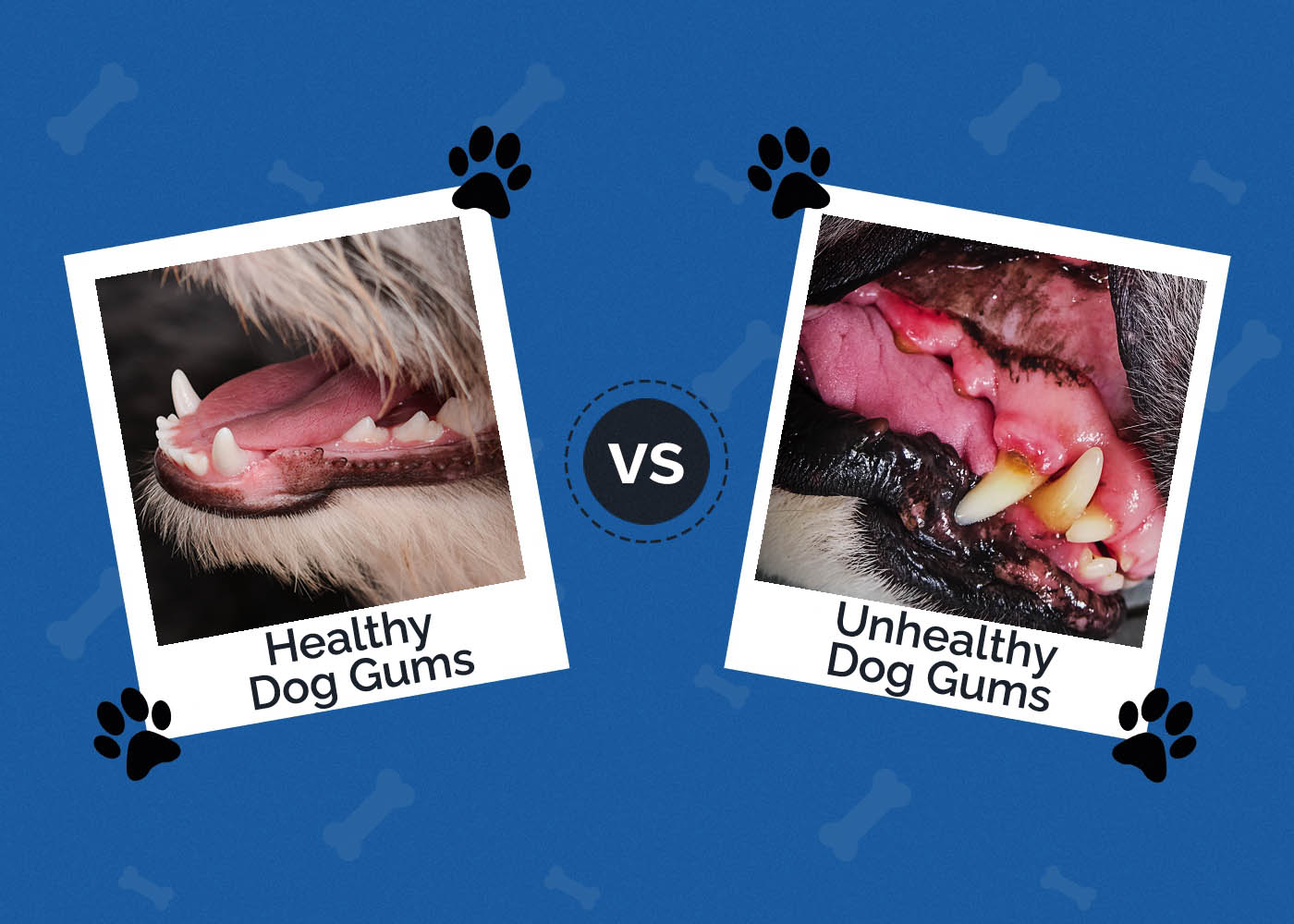10 Bullmastiff Colors & Patterns (With Pictures)
Updated on

Bullmastiffs are gorgeous, majestic dogs with powerful appearances. They are incredibly large dogs weighing around 130 pounds. They are characterized by intelligence, confidence, and kindness and are an excellent family companion. They come in three primary colors—red, brindle, and fawn— and several mixtures of these colors. There are also several unique markings of the Bullmastiff coat, so read the article below to learn more about the colors and patterns of a Bullmastiff.
The 6 Recognized Colors
1. Red

The red coat in Bullmastiffs is usually described as a deep reddish brown and sometimes light brown color. The lighter shades of red coat are challenging to distinguish from fawn. They typically have a white mark on the chest, between the two front legs, which shouldn’t be too large or it may be viewed as a fault.
2. Fawn

Fawn is one of the most popular colors, with its beautiful and gentle appearance. The fawn coat ranges from light brown to reddish-brown, usually with different shading on the dog’s chest, underside, and legs. A black mask, a standard marking of Bullmastiffs, almost always accompanies the fawn color.
3. Brindle

Brindle is another quite common coat color in Bullmastiffs. The brindle coat creates a unique appearance with darker and lighter streaks. The ears and muzzle are usually dark, while on some occasions, the chest may have white markings.
4. Red Brindle

The red brindle coat is a marvelous mixture of two unique colors and markings. While red is a solid color, brindle is a coat marking, creating a unique brindle Mastiff with a reddish shade.
5. Red Fawn

While red and fawn are different shades they can often appear similar and sometimes even together. A fawn coat is described as a light brown, while mixed with a red can create a lovely, gentle reddish fawn.
6. Red Fawn Brindle

This coat is a mixture of all three basic Mastiff markings. This beautiful and rare mix creates a tiger-like appearance of the Mastiff’s coat, with a gentler and softer look.
The Standard Pattern
1. Black Mask

The only standard marking of Bullmastiffs is a black mask covering the dog’s ears, eyes, and muzzle. This creates a stunning smokey appearance of any color, even the lightest fawn, with a soft black shadow spreading across the face.
The 3 Non-Standard Recognized Patterns
1. Fawn Mask

The fawn mask is a rare pattern that is a recognized marking by the American Kennel Club, although it is considered non-standard.
2. White Markings

The white markings may be allowed in dog shows, but depending on their size, you may lose points. A white spot on the chest may even cause your dog to be disqualified if it’s too big.
3. Black Markings

Black markings are another non-standard pattern recognized by AKC but will cause your dog to lose points in dog shows. They are allowed but not considered ideal.
Albinism in Bullmastiffs
Besides the standard and recognized colors and patterns of Bull Mastiffs, there are always exceptions. One such exception is albinism, which the AKC does not recognize for any dog breed. Albinism is a total lack of pigment in the coat, skin, and eyes. Dogs with albinism are recognized by their snowy white fur and pink eyelids.
It is necessary to differentiate white dogs from albino dogs because albinism is a cause for disqualification in dog shows. White dogs usually have black eyes and noses, while albino dogs have blue eyes with bright pink noses.
Conclusion
Bullmastiffs are large dogs with a stunning appearance in three basic colors and plenty of color mixtures and patterns. Their unique appearance is embellished with a black mask covering their eyes, ears, and muzzle. The 10 different colors and patterns make these dogs elegant and marvelous, along with their build and size.
Featured Image Credit: Michael J Magee, Shutterstock













